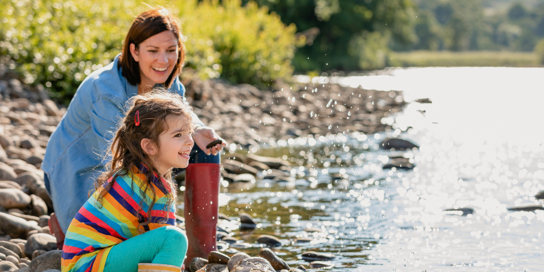This World Environment Day the tagline is #OnlyOneEarth.
It's a reminder of how critical environmental management and restoration is in this “Decade on Ecosystem Restoration 2021-2030”. The theme for this decade is to encourage actions that prevent and reverse the degradation of ecosystems on every continent and in every ocean.
Here in New Zealand, the recently released Environment Aotearoa 2022 report outlined the importance of environmental wellbeing for our own health, economy, and cultural wellbeing. The report also demonstrated the value of quality monitoring data to inform our understanding of the state of environments and changes over time.
The Environmental Managing and Reporting (EMaR) programme is a partnership between Te Uru Kahika – Regional and Unitary Councils Aotearoa, Ministry for the Environment, Statistics New Zealand, Department of Conservation, and Cawthon Institute to improve the collection, accessibility, and presentation of environmental data in New Zealand. The EMaR programme features three key projects that each play a role at different stages in the environmental data pipeline.
The National Environmental Monitoring Standards (NEMS) project is working towards consistent approaches to the collection of environmental data by regional councils and unitary authorities. NEMS documents prescribe clear guidance on processes, methodologies, and techniques to be applied as standard practice in environmental monitoring across New Zealand.
At the next stage of the data pipeline, the Environmental Data Management System (EDMS) project is driving consistency in the management and storage of environmental data as the team works toward a single access point to environmental data from multiple sources.
The LAWA project tells the story of our environment by presenting quality data and information collected regionally in a way that is nationally consistent. The LAWA website and social media channels put environmental information in the hands of researchers, industry, communities, and government so they can make informed decisions.
Through the LAWA website, people can explore environmental monitoring data where they are and track changes over time. The LAWA project is world leading and we are building on its momentum to share more information and data that can help us all make better decisions for our environment.
We are excited to share with you that next month we will launch a topic on the LAWA website that will help connect our water reporting from ki uta ki tai (mountains to sea). The new LAWA Estuary Health topic will make monitoring data from nearly 500 estuary sites across Aotearoa publicly accessible.
New Zealand’s estuaries are culturally and ecologically significant. We know that many of them are under pressure from human activity. The Estuary topic will provide results from monitoring of inter-tidal macroinvertebrates, mud content, contaminants as well as context about these special places where rivers and streams meet the sea.
We all want the same thing; improved environments for generations to come. To do this we need reliable, quality data that is independently audited and accessible– that is what EMaR is delivering.

